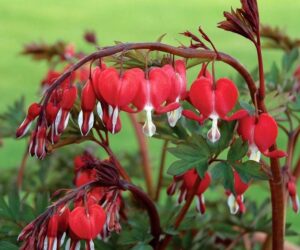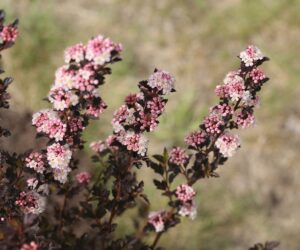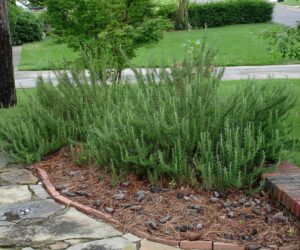Growing your own vegetables is always a very good idea – you control whether or not it will be fully organically grown, you will have it in your garden, so it will save you time from going to the store and getting some for your salads and last, but not least, it is very healthy – the benefits of growing lettuce are enormous!
If you don’t know how to start and this whole gardening thing is confusing to you, below you will find ten tips on how to properly plant, grow and take care of this leafy vegetable.
1. Grow Different Varieties
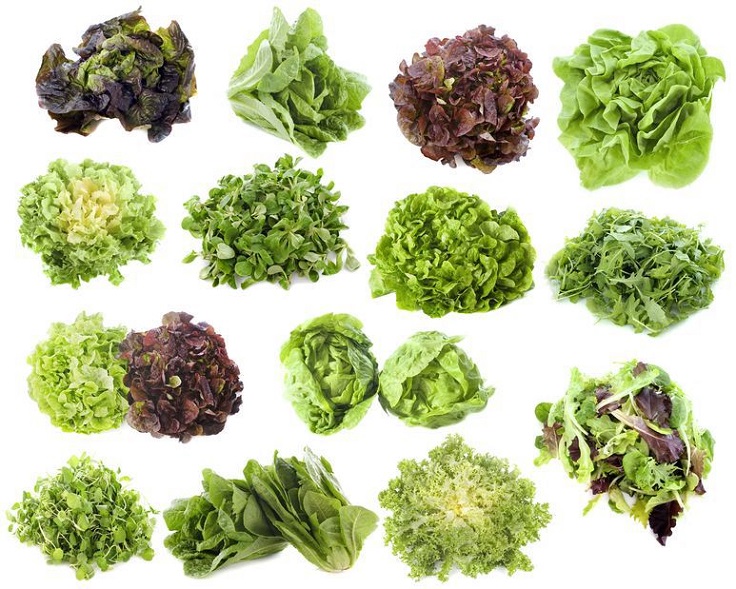
Planting few varieties is a good idea because of one simple reason – you have the opportunity to try different types of lettuce, so you can see which one you like the most and continue growing it. This will be especially nice for salad lovers, as lettuce is mostly used in salads. Iceberg, butterhead, and romaine lettuce are just three of the most popular varieties.
2. Buy Seeds and Transplants
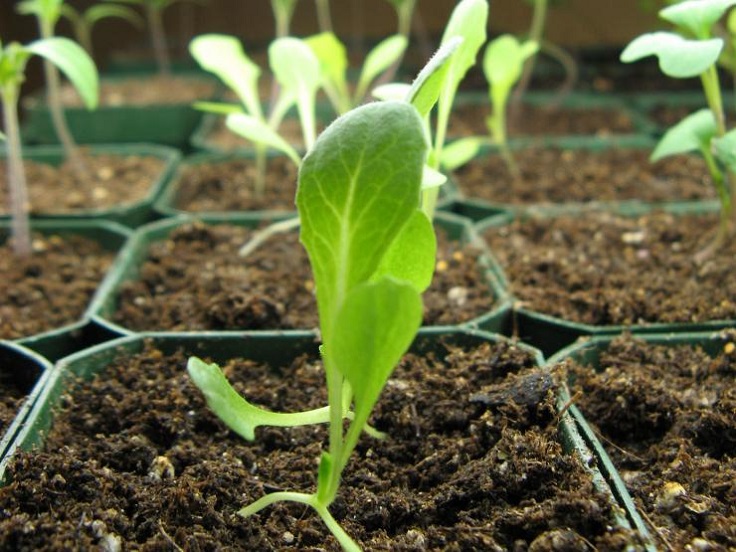
via gardenofeaden.blogspot.com
The reason why you should grow lettuce both from seeds and transplants is to maximize the harvesting window. This is done so that few weeks after the planting, the nursery-grown transplants will give you the first lettuce crops, and then the seeds will do their job – they will continue providing harvests.
3. Use the Right Soil
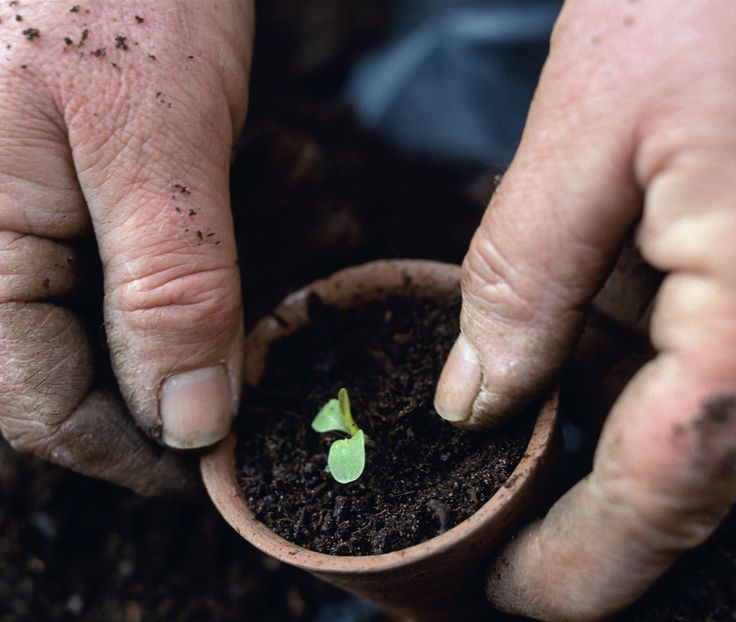
via thespruce.com
You should plant the lettuce when the soil reaches a temperature of 35°F the minimum. Before that, test the soil so you can find out the pH – the lettuce needs between 6 and 6.8. Because of the short, dense root system, the roots don’t go really deep into the soil, so it’s important to plant them in hummus-rich soil. This should also be soil that drains well without staying soggy.
4. Plant Lettuce Successfully
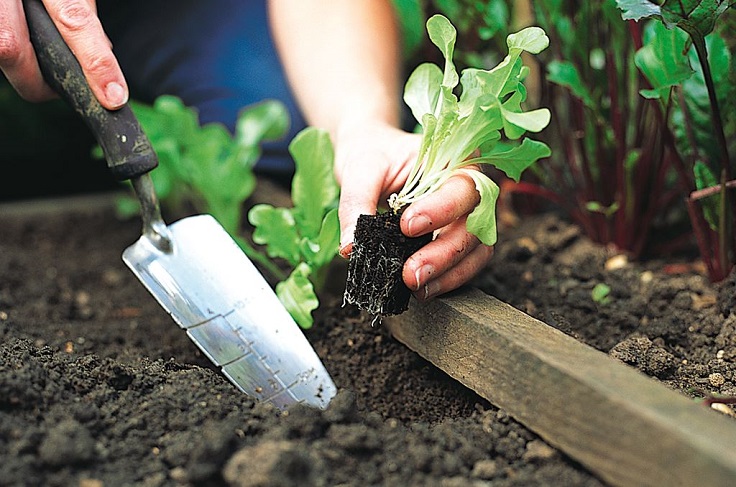
When it comes to planting, there are two ways to plant the seeds – by broadcasting or planting the seeds in rows. If you go for the first way, make sure you give the proper spacing between the crops – this depends on the variety you choose. If you want earlier crops, then start the seeds 4 – 6 weeks before the last spring frost date for an earlier crop. You will need to water thoroughly at the time of the transplant.
5. Protect Lettuce from Heat
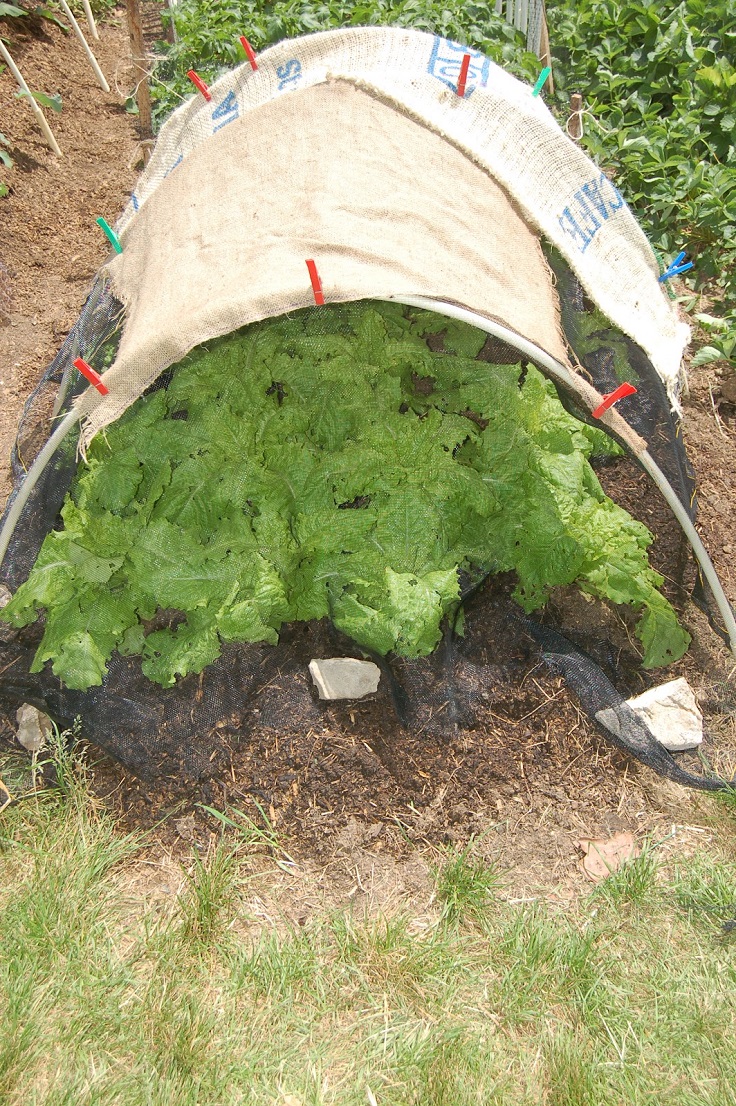
via midwesterngarden.blogspot.com
As much as the lettuce loves the sun, don’t forget tit hat is a cool-season vegetable and will have difficulties growing well if the weather is very hot and the sun is very intense. You can protect your lettuce from the heat by planting it between taller plants that will provide shade or use a 40% shade cloth, but make sure to elevate the cloth so that there will be air circulation around the plants.
6. Water When Needed
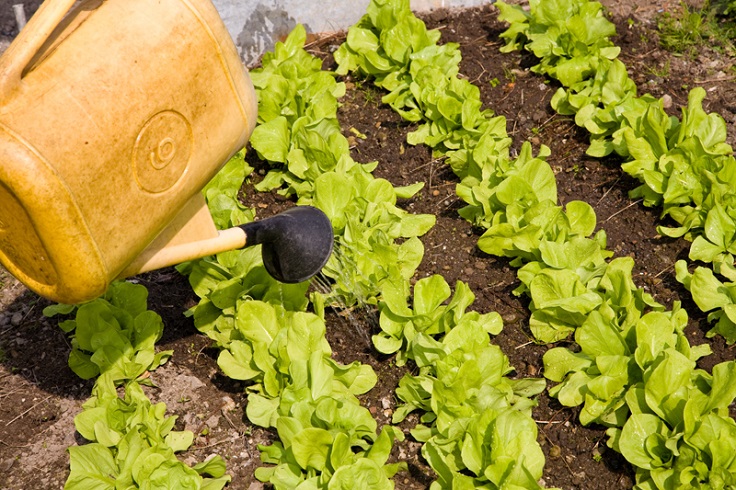
If the leaves wilting, then you know you need to water them at least a bit. For watering this veggie, it is best to have a drip irrigation system. If you find this expensive for your budget, you can try a cheaper version and use a simple soaker hose instead. Since the roots don’t go really deep and lettuce doesn’t want soggy water, it’s best to water them a little bit every few days than to water them a lot at once.
7. Lettuce Needs Fertilizers

via bonnieplants.com
The lettuce thrives best in nutrient-rich soil, so it needs a well-balanced fertilizer with equal parts nitrogen, potassium, and phosphate. You can start fertilizing right after the seedlings emerge so that this way, you can maximize the leaf production. Try using a granular or water-soluble fertilizer, or if you want to do the organic way, use compost, rotted manure, or fish emulsions.
8. Pair Lettuce with Sweet Alyssum
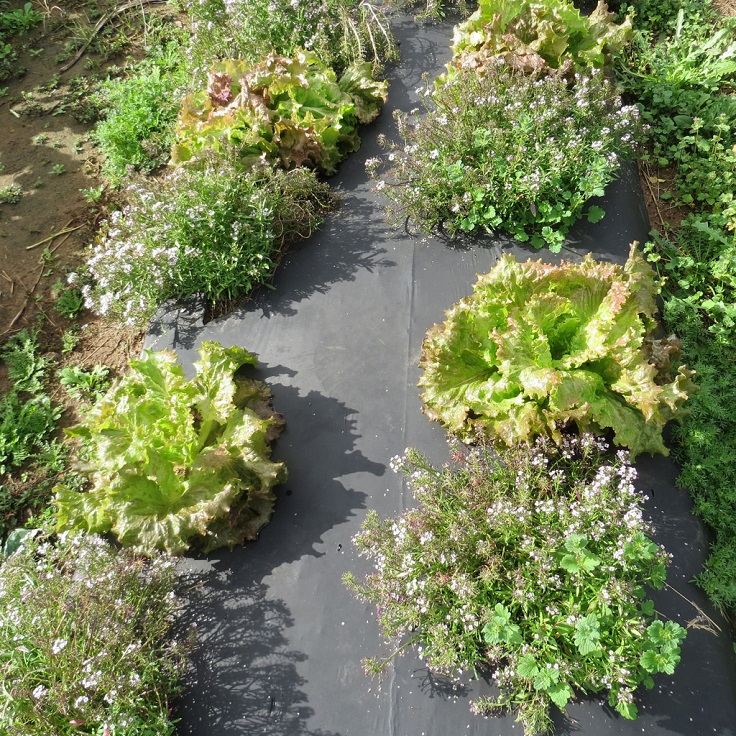
via usda.gov
You may wonder why a vegetable should be planted paired with such a beautiful flower, so here’s your answer – planting lettuce among the sweet alyssum will help you take control over pests! This ‘companion cropping’ concept means planting a flower or other plant that will distract the pests from the other plant (in our case, lettuce) by repelling them or attracting them – either way; your lettuce will be saved!
9. Protects from Pests and Diseases
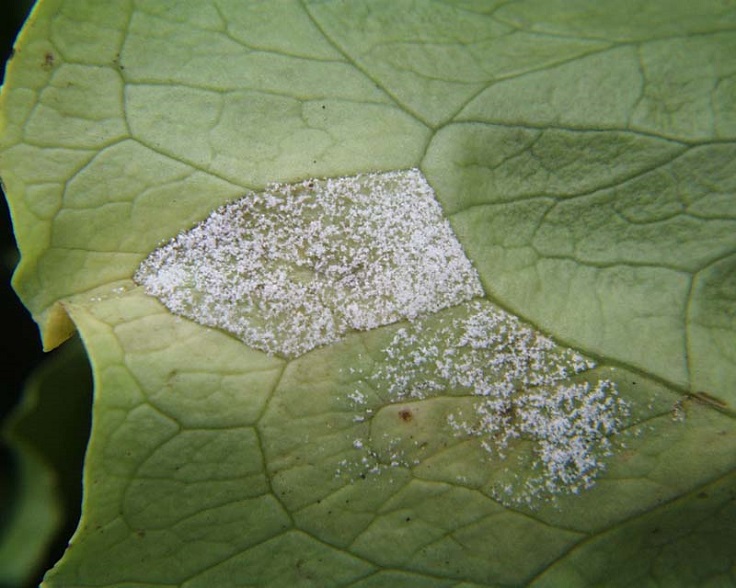
via ir4-test.metro.ucdavis.edu
The ‘companion cropping’ concept will help you protect the leaves from many pests, but diseases can still ruin your lettuce. These diseases are either fungal or bacterial, but you can easily take care of them. It is most important to plant and take care properly of the variety you chose to grow because irregularities can affect it. To protect it from diseases, try using gardening beds, crop rotation, and make sure to control the weed.
10. Harvest Lettuce in the Morning
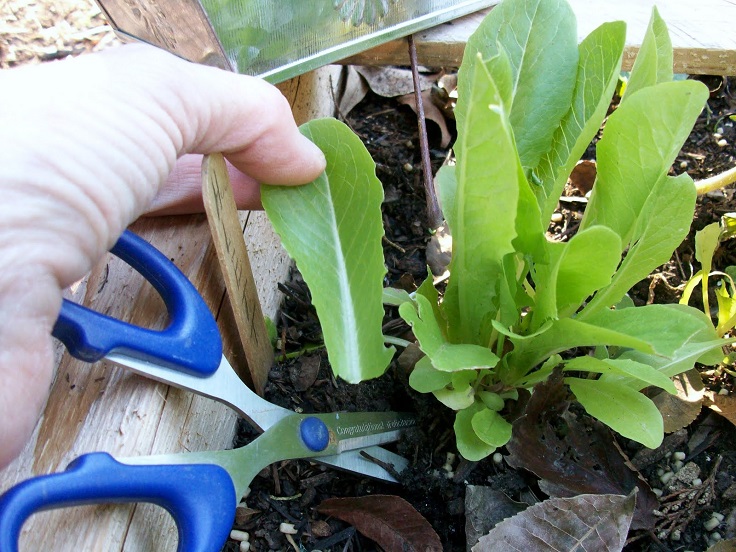
via quirkycultivator.blogspot.com
Harvesting the lettuce is very easy, as all you need to do is just snip off the outer leaves. While doing this, it’s very important not to uproot the plants. It’s best to do the harvesting in the mornings – research by the U.S. Department of Agriculture showed that the lettuce harvested around 7 am contained more natural sugar than the one being harvested around 2 pm.

